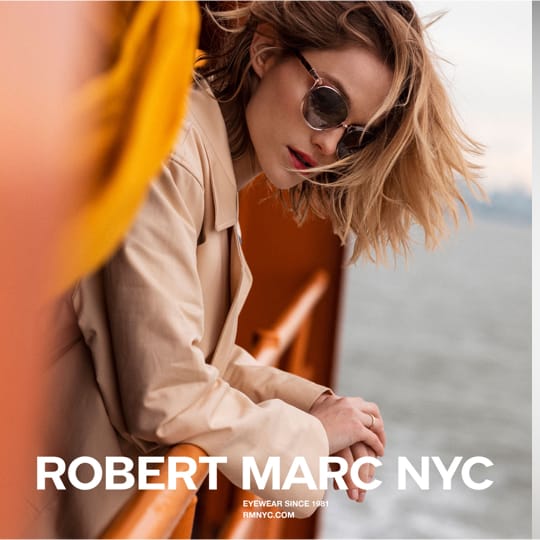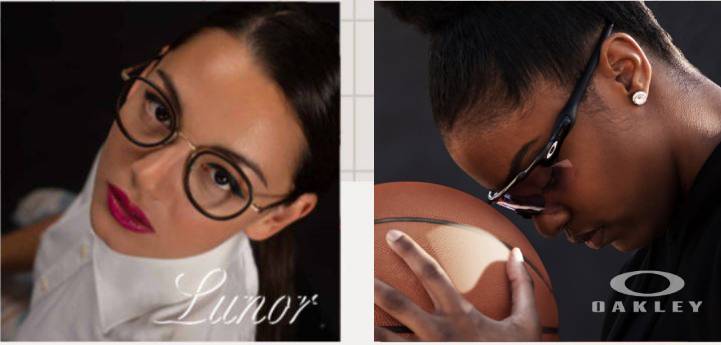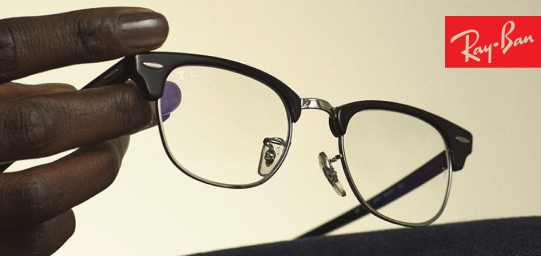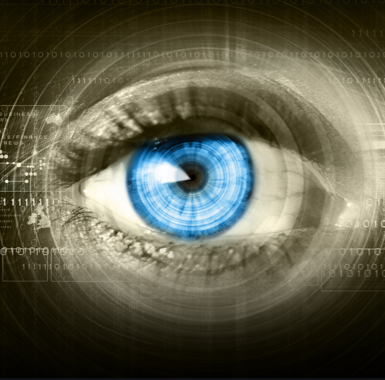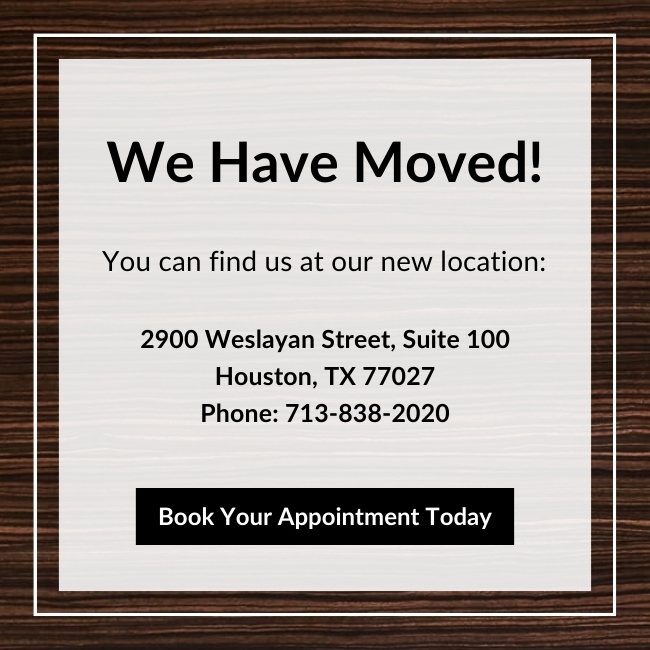Scleral contact lenses are larger than typical styles of contact lenses and are designed to rest on the sclera (white portion) of the eye. Scleral lenses vault over the cornea, leaving a space between the back of the lens and the surface of the eye. This space acts as a “reservoir” for fluid to collect and continually bathe the cornea.
Additionally, scleral lenses are typically made of rigid gas-permeable material, so they retain their shape, creating a smooth surface for light to refract into the eye and onto the retina.
Scleral lenses are suitable to treat corneal irregularities such as keratoconus and irregular astigmatism. Additionally, scleral lenses are ideal for vision correction following corneal transplants and can help symptoms of dry eye as a result of Sjogren’s syndrome and other causes of Dry Eye Disease.

